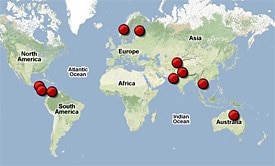Wondermondo 🢖 Lists and articles 🢖 10 locations with extreme meteorological conditions
Publication
10 locations with extreme meteorological conditions
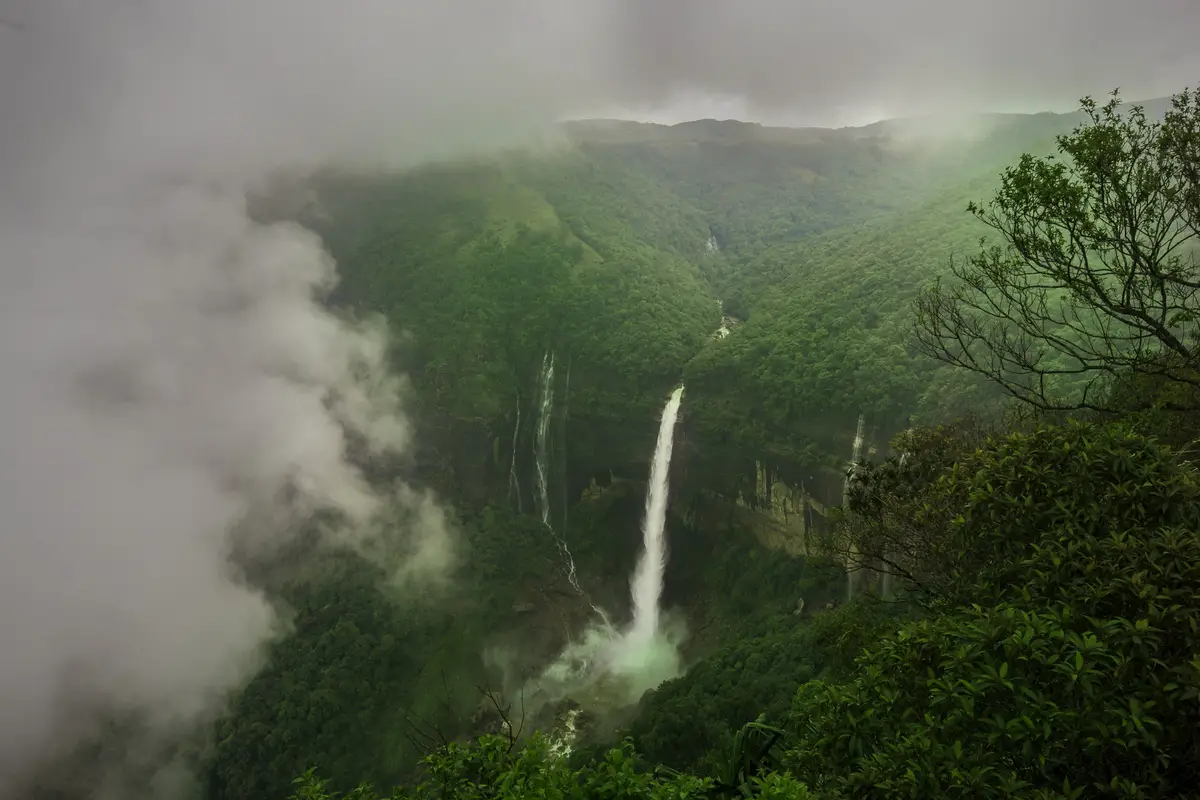
 In short
In short
Extreme weather conditions happen in different places of the world but there are very few places on Earth where extreme weather conditions are present frequently or even all the time.
Below you see a unique list of 10 such locations that are listed in alphabetic order.
All these wonders belong to the category of Sites of meteorological phenomena.
Map of the sites
If you see this after your page is loaded completely, leafletJS files are missing.
 List of 10 locations with extreme meteorological conditions
List of 10 locations with extreme meteorological conditions
01
Catatumbo Lightning – most persistent thunderstorm
 46.8%
46.8%
Venezuela, Zulia
The most persistent and spectacular thunderstorm in the world is Catatumbo Lightning. This is a nearly continuous thunderstorm with up to 20,000 flashes of lightning per night, seen 140 – 160 nights per year and lasting approximately 10 hours long. It produces approximately 10% of tropospheric ozone in the world.
We do not know when started the Catatumbo Lightning started but this phenomenon has become a part of the tales of indigenous people.
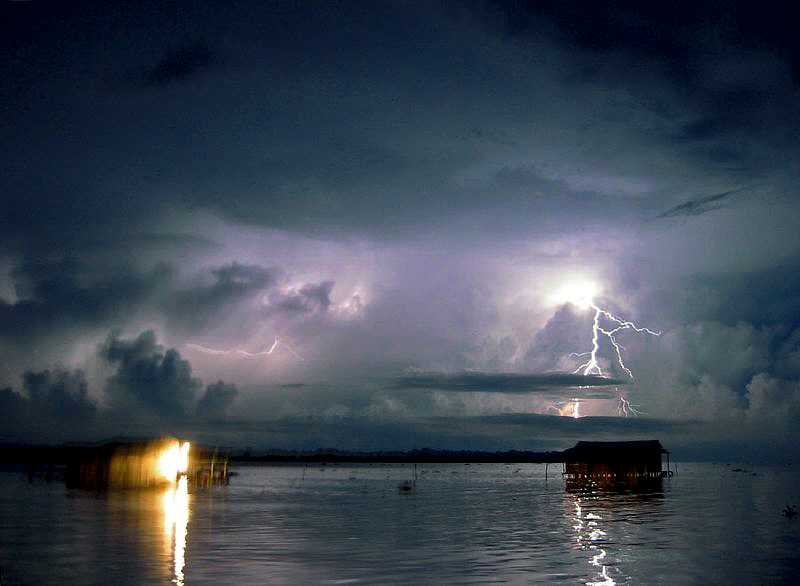
02
Cherrapunji (Sohra) and Mawsynram – incredible amounts of rain
 45.4%
45.4%
India, Meghalaya
Some of the most powerful rain downpours are observed in the Khasi Hills of Meghalaya.
Since 1871 meteorological records have been collected in the beautiful Cherrapunji town, where have been registered several world records, such as maximum yearly rainfall (24,555 mm in 1974) and rainfall in one month (9,300 mm in July 1861). But the nearby Mawsynram village seems to get even more rain – average annual rainfall here is 11,873 mm.
Incredible amounts of rain make this place special, it has unique plant life and unique traditions and clothing of the local Khasi people.
Most likely there are several locations with more precipitation but none could be that spectacular.
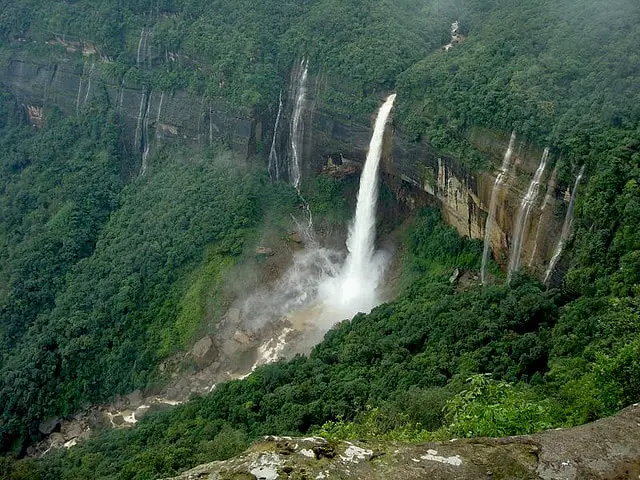
03
Dome A – possibly the coldest place on the surface
 25.8%
25.8%
Antarctica
The eventual coldest place on Earth is located on one of the highest places of Antarctica – on Dome A (Dome Argus). Thus far the lowest measured temperature reached here is -82.5°C (July 2005) but scientists consider that it might fall even as low as -102°C.
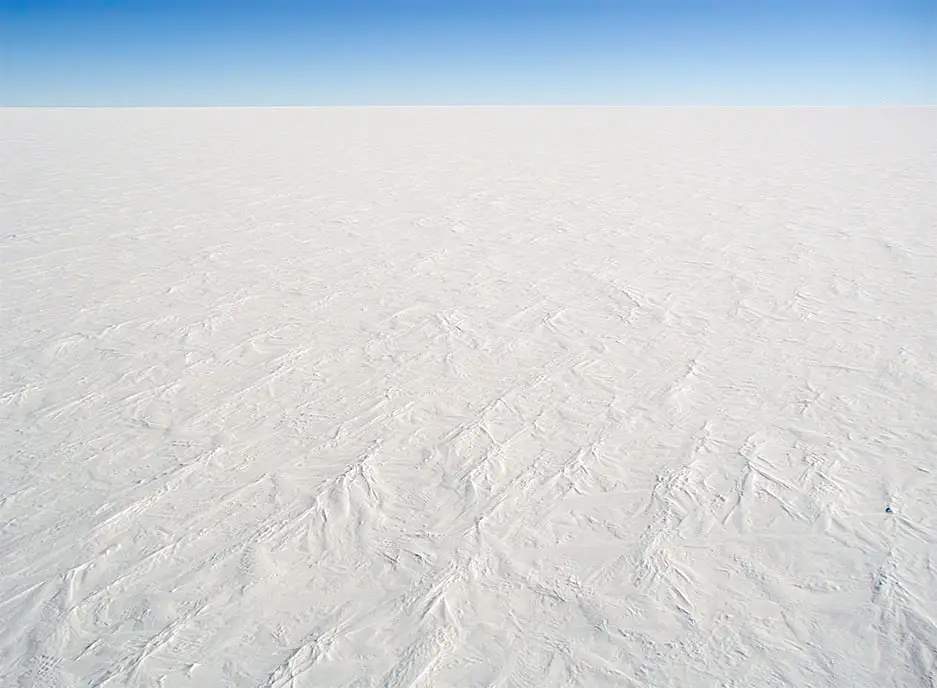
04
Gandom Beryan in Lut Desert – the hottest land surface
 43.8%
43.8%
Iran, Kerman
There are several contenders for the title “The hottest place on Earth” but Gandom Beryan in Lut Desert, Kerman province is one of the few where this is proven with scientific methods.
Data collected in 2003 – 2005 by the MODIS system mounted on NASA’s “Aqua” satellite shows that the hottest place on Earth is located in Lut Desert, Iran. The temperature of the lifeless soil here often heats up to 71°C.
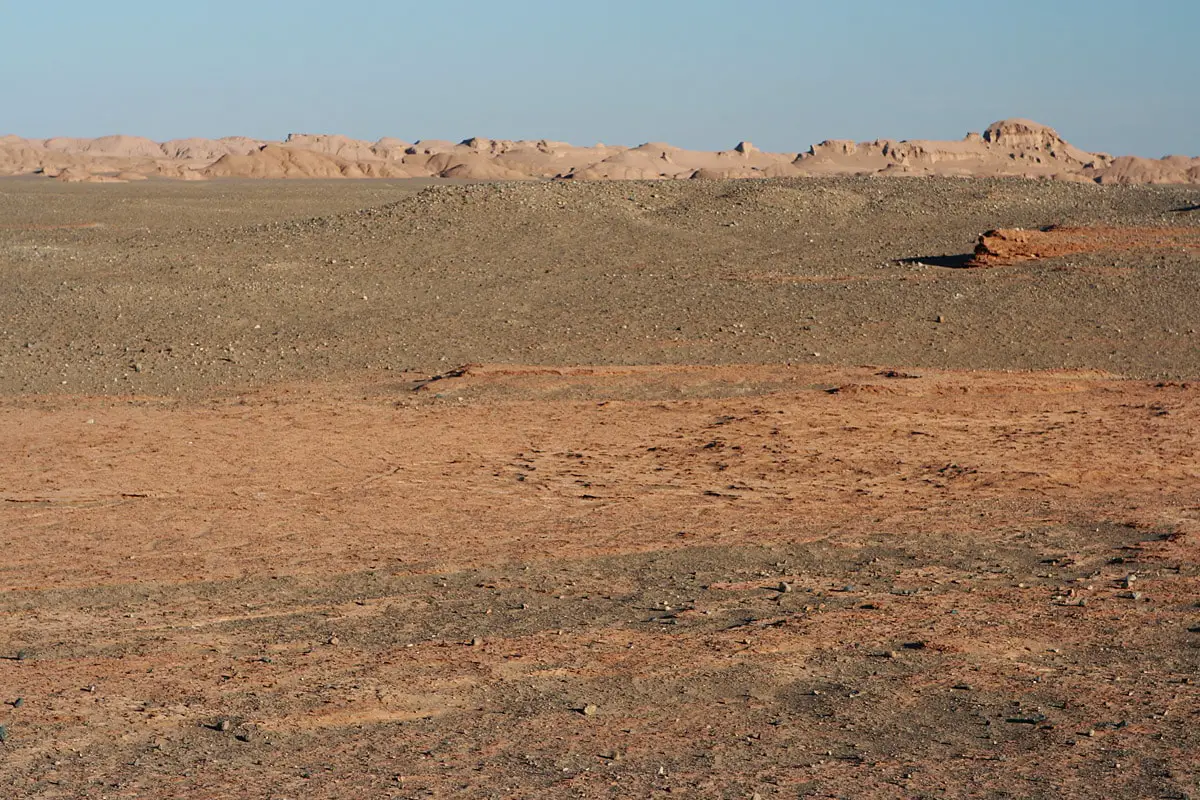
05
Commonwealth Bay, Cape Denison – the windiest place
 46.3%
46.3%
Antarctica
The mean annual speed of wind at Cape Denison is 80 km per hour (22 m per second). Meteorologists consider that storm begins at 24.5 km/h – thus the mean weather in Cape Denison is almost storm, and, as this is Antarctica – this storm is very very cold.
The maximum speed of the unusual katabatic wind here might reach 320 km/h.
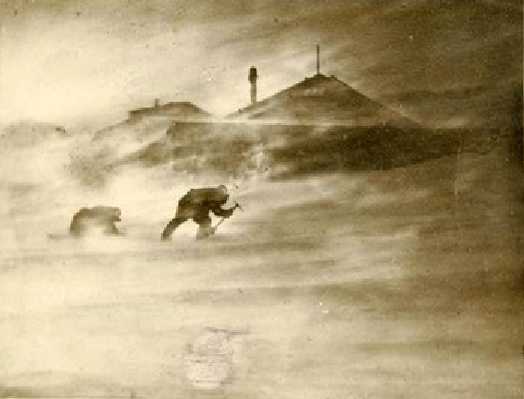
06
Kifuka village – site with most lightning strokes
 39.8%
39.8%
Democratic Republic of the Congo, Sud-Kivu
Kifuka experiences violent thunderstorms unprecedented anywhere else in the world. Each square kilometer experiences approximately 158 lightning strikes per year – one lightning strike per 6,300 square meters. In Europe, north of the Alps density and frequency of lightning is 150 – 300 times lower.
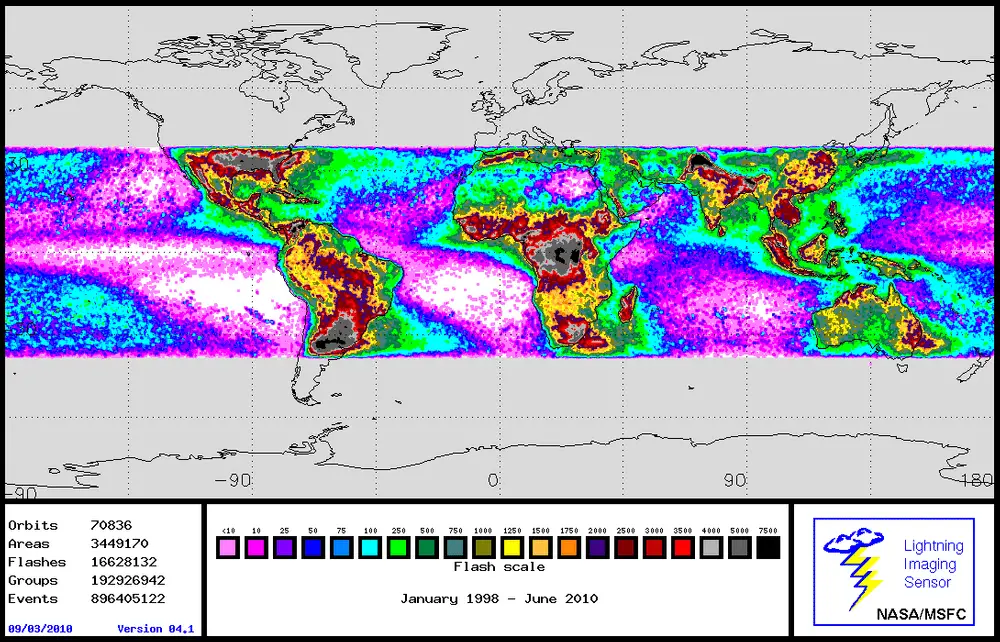
07
Markansu Valley – Valley of Tornadoes – site with most frequent dust whirlwinds
 42.3%
42.3%
Tajikistan, Kuhistoni-Badakhshon Autonomous Province
Markansu Valley is a dry, lifeless valley high up in the Pamir mountains.
In the afternoons there starts a very strong wind, which rises dust and countless whirlwinds. They often reach the strength of tornadoes and are very dangerous – there are reports about camels with all their burdens lifted by winds. People in earlier times believed that these are real, fearsome spirits – jinns.
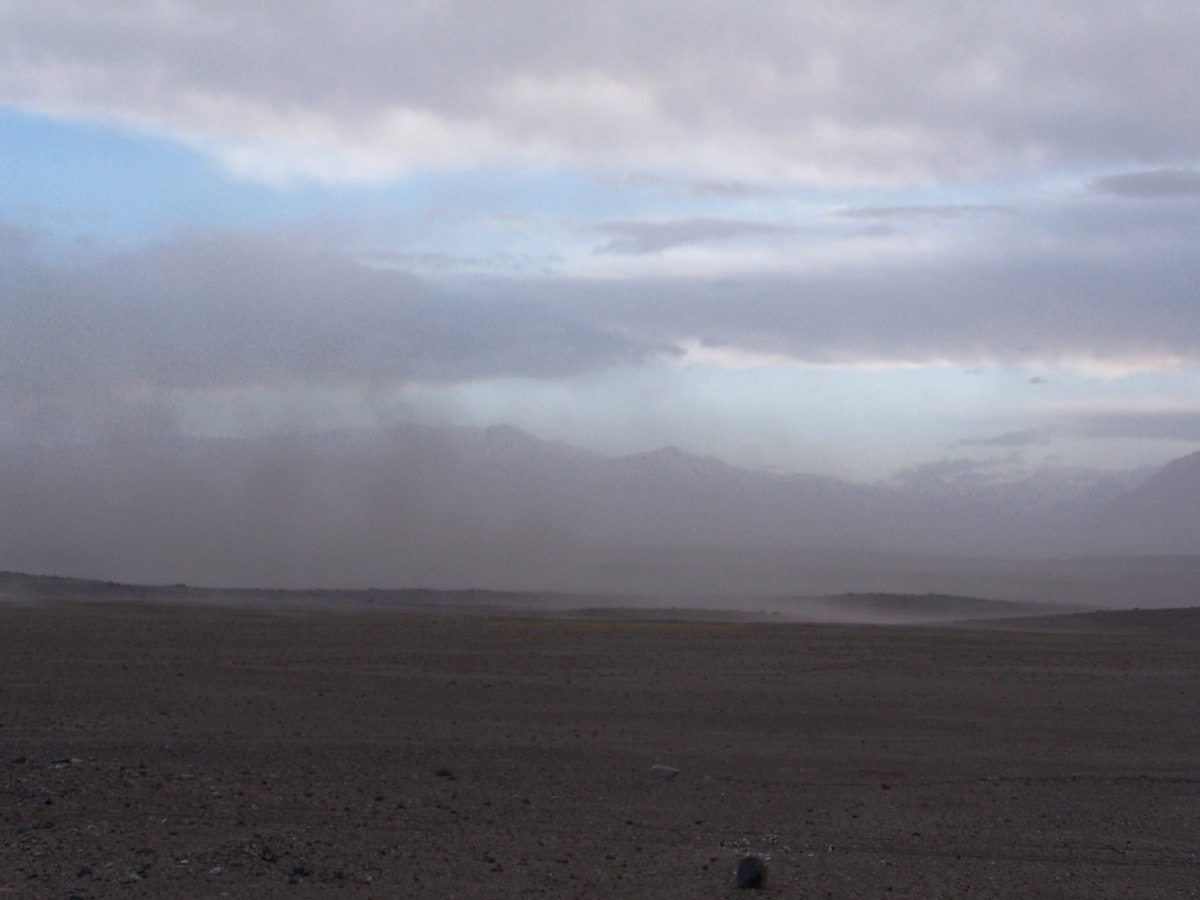
08
Poás Volcano and Laguna Caliente – site with the most acid rain
 50.3%
50.3%
Costa Rica, Alajuela
Around the acid crater lake of Poás Volcano the acidity of fog and rain is around 2.0 of pH and maybe even less. As a result around the crater and to the west from it, there has formed some 3.5 km long and 1 km wide, lifeless, naked scar surrounded by jungle.
Effects of the volcanic acid rain extend far beyond this scar. In the vicinity the farm equipment, cars, and home utensils become rusty, roofs of the buildings are damaged. Often tourists have been rescued from the nature trails to avoid potential health problems due to acid fog – sometimes tourists have been running out of the fog coughing and with runny eyes.
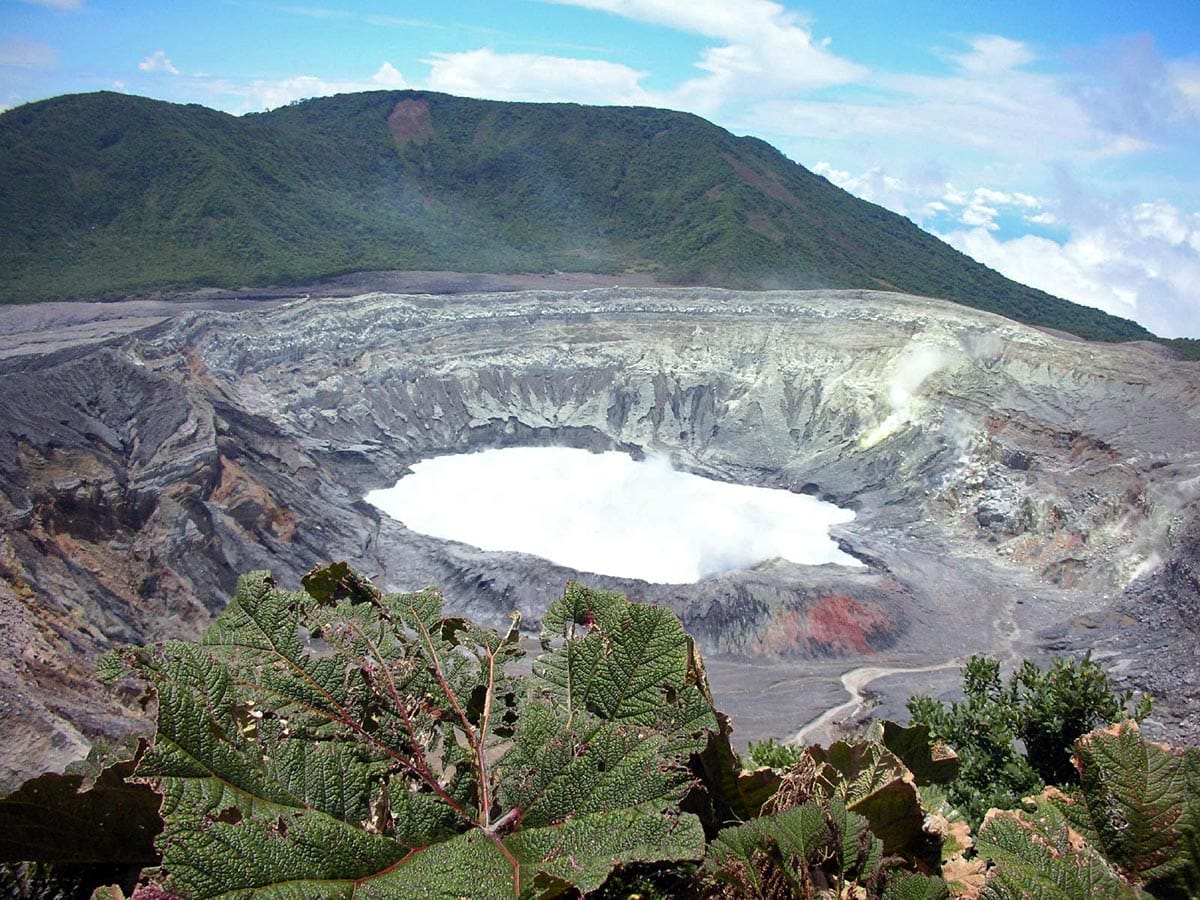
09
Ridge A – site with the clearest sky
 26.8%
26.8%
Antarctica
If somebody would like to get the most exciting results of astronomical research without leaving the Earth, Ridge A is the exact place to install his astronomical equipment. Astronomical images taken here would be three times sharper than in the best current observatories and their quality would be comparable with the quality of images taken in space.
Most likely no one has been in this place thus far.
10
Yungay – the driest place
 50.6%
50.6%
Chile, II Antofagasta
The driest place on Earth is Yungay. This is a highly unusual place that has attracted the attention of astrobiologists due to its high similarity to the Mars environment. Only lately, after an intense search here in some places were found some microorganisms.
The soil here is covered with nitrogen salts falling over millions of years from the air as a result of photochemical reactions. Elsewhere in the world this nitrogen is dissolved in water and used by life, but there is no water and no life.
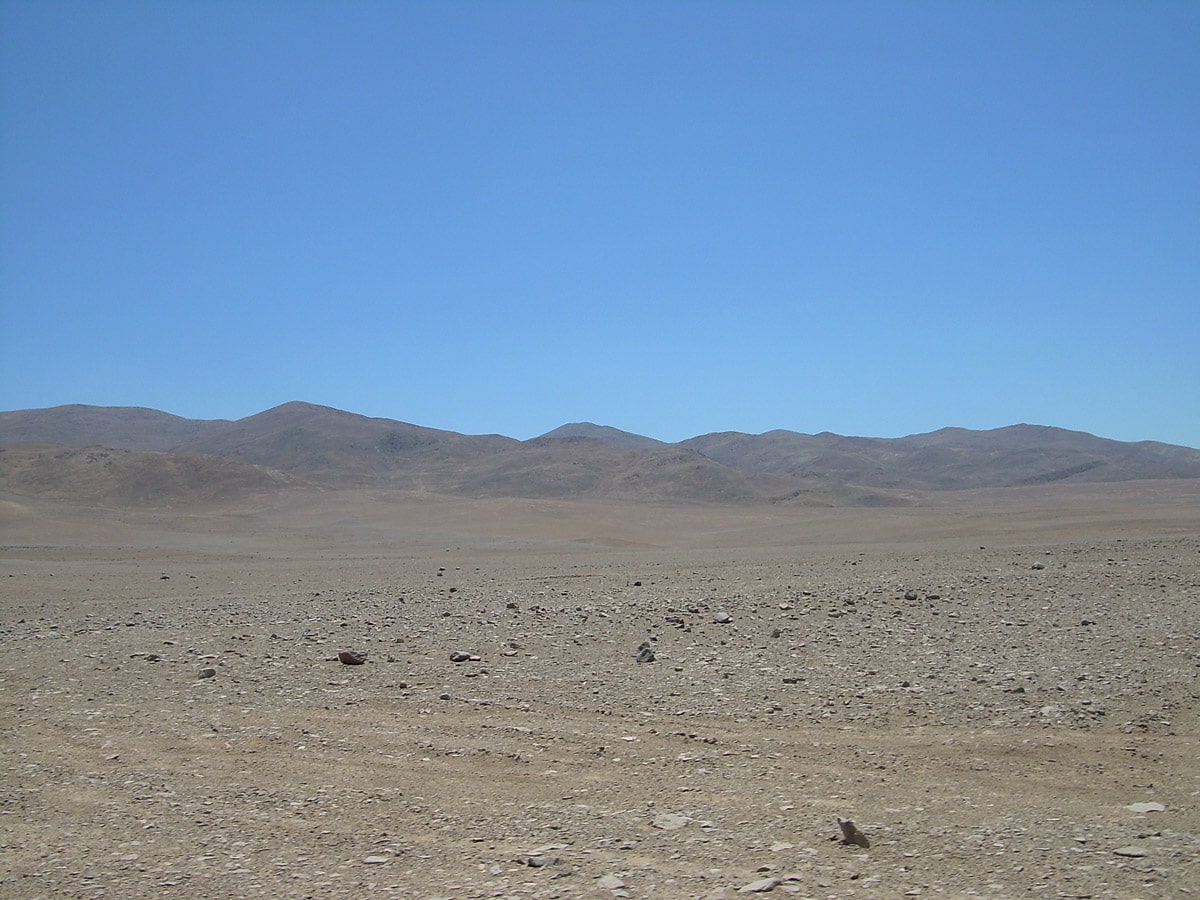
 Recommended books
Recommended books
Extreme Weather
Presents information about the causes of such extreme weather as hurricanes, tornadoes, droughts, snowstorms, giant hail, and wildfires, including examples of such events from the past.
Extreme Weather
Recent decades have brought record temperatures, devastating storms, and killer waves, which have in turn spurred widespread curiosity about how such weather systems develop. Organized by weather events including hurricanes, winter storms, lightning, tornadoes, floods, heatwaves, and more. Extreme Weather takes an eye-popping look at exactly how meteorological systems work and evenhandedly discusses the impact human activity has had in altering both weather and climate.

